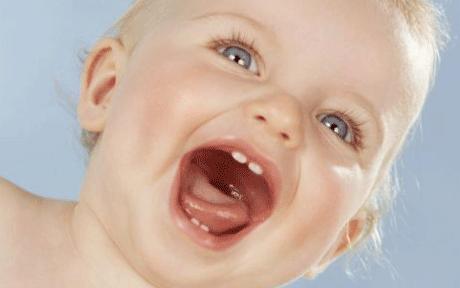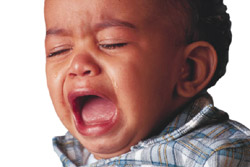Have you ever wondered why our design includes baby teeth (primary teeth)? It’s not like we have primary bones in our arms and legs that disintegrate in favor of stronger arms and legs. It’s not like primary teeth aren’t strengthened by calcium and couldn’t grow like young bones do.
We’ll address that shortly, but the value in discussing baby teeth is that things outside of normal occur to them. You can’t just assume that everything is ok because permanent teeth will follow. Healthy permanent teeth represent a successful stage of development, and you need to know what steps to take to ensure that healthy development. You also need to know what steps to take when things appear to be going wrong with that development.
A child’s primary teeth (aka “baby teeth”) serve very important functions. Specifically, they help children speak, chew and serve as placeholders for the permanent teeth. Primary teeth typically begin to appear when a baby is between age six and 12 months, even though they begin to develop in the womb (as do our permanent teeth).
Even though you know they’re not permanent, dental visits are important while baby teeth are in place. The American Dental Association (ADA) recommends that a dentist examine a child within six months after the first tooth comes in and no later than the first birthday in any circumstance. Besides checking for tooth decay, your dentist will show you how to properly clean your child’s teeth and how to evaluate any adverse habits such as thumb-sucking.
Throughout it all, good nutrition is key from pregnancy through childhood. This includes appropriate amounts of Vitamins C and D, calcium and phosphorus.
Speaking of baby teeth, everyone always asks me, “What’s the deal with teething?” Just as adults have problems with kidney stones or women have with childbirth, the passage of things through us can be painful. Infants only have a limited number of ways to respond to pain, so their symptoms are both local to the teeth and somewhat general in nature. Common symptoms with teething (the appearance of the primary teeth) include the following:
- Anxiety, irritability, grumbling
- Changes in eating habits
- Difficulty in sleep
- Increased production of saliva (spit, salivation)
- Lack of appetite
- Red and/or swollen (i.e., inflamed) gums
Teething is generally a benign process, and you should expect symptoms to be mild. Fever, rashes, vomiting and diarrhea are not part of that complex and could indicate that an additional process is occurring. This warrants a visit to your pediatrician.
In order to relieve your baby from all these discomforts , you must clean his/her mouth two to three times/day with a wet gauze, towel or tissue. Try giving cold objects (look for those manufactured especially for this purpose), a cold clean cloth or a clean teething ring to bite or chew. Gently rubbing your child’s gums with a clean finger, a small, cool spoon or a wet gauze pad can be soothing, too.
If your child is still cranky and in pain, consult your dentist or physician. You certainly can contact your SMA personal healthcare consultant for any questions you may have.
Thanks for liking and following Straight, No Chaser! This public service provides a sample of what http://www.SterlingMedicalAdvice.com (SMA) offers. Please share our page with your friends on WordPress, Facebook @ SterlingMedicalAdvice.com and Twitter at @asksterlingmd.
Copyright © 2014 · Sterling Initiatives, LLC · Powered by WordPress



